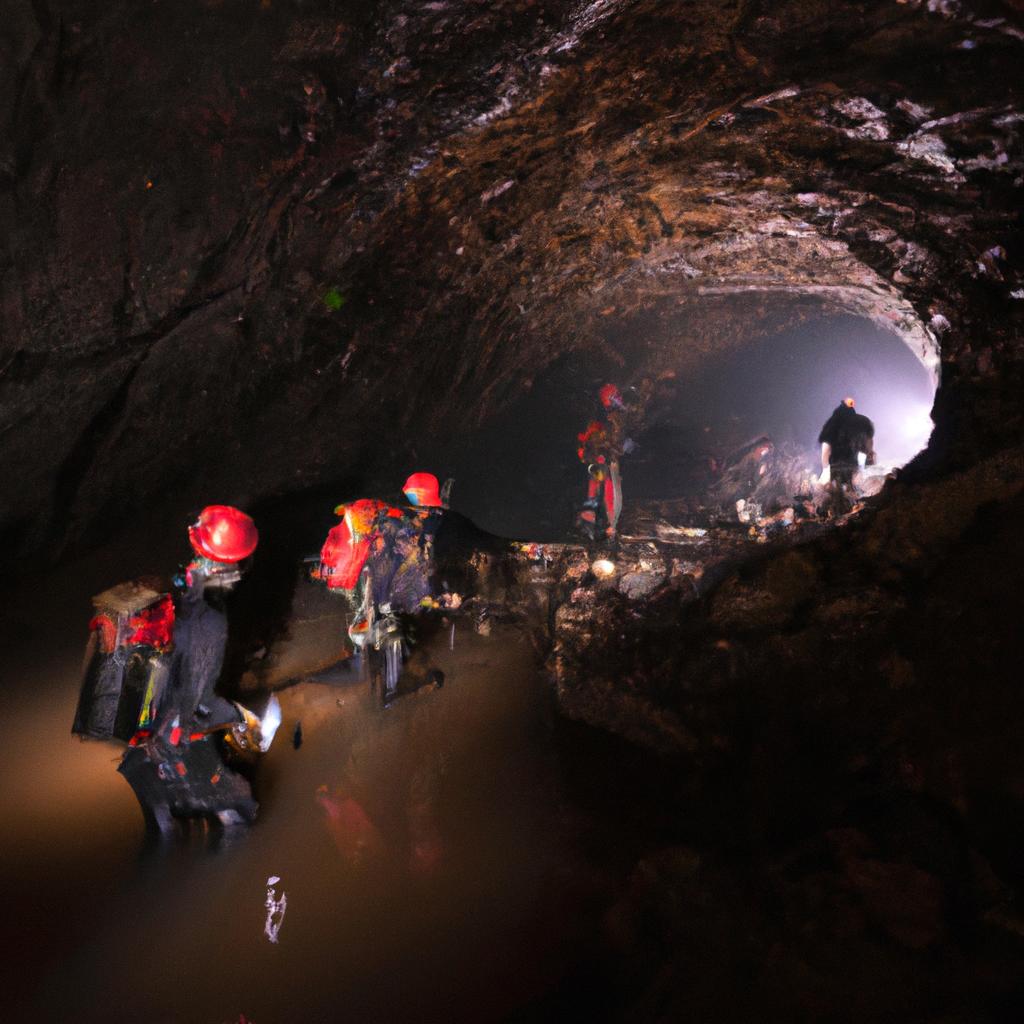If you are an avid spelunker or simply intrigued by cave exploration, you must have heard of Krubera Cave in Georgia – a true marvel of the natural world and the deepest cave on Earth. Nestled within the Arabika Massif of the Western Caucasus, this extraordinary cave system reaches a depth of 2,197 meters (7,208 feet) and stretches over 13.5 kilometers (8.4 miles). Its mesmerizing depths beckon adventurers and scientists alike, offering a unique opportunity to unearth the secrets hidden beneath the Earth’s surface.
History of the Discovery of Krubera Cave
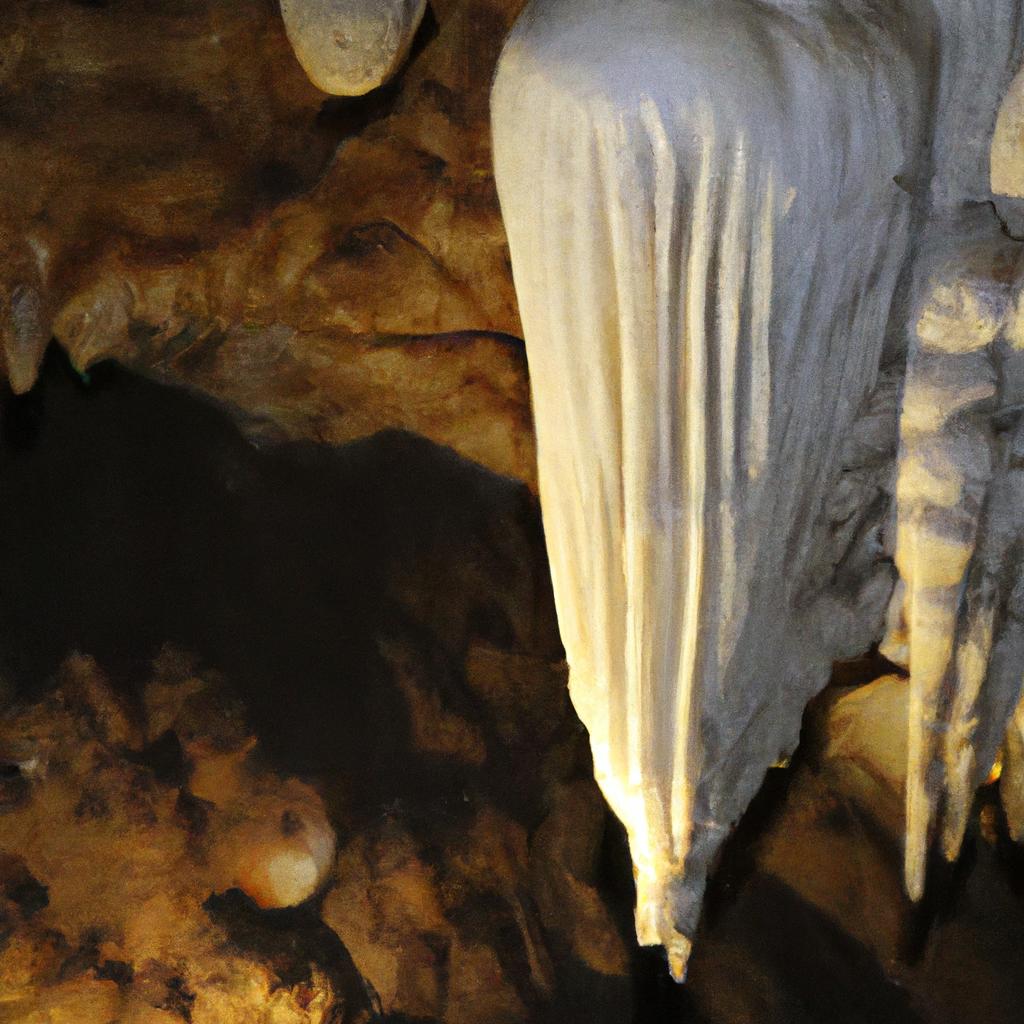
The story of Krubera Cave dates back to the 1950s when Soviet geologists embarked on explorations of the Arabika Massif. However, it wasn’t until the 1980s that the cave system was fully explored and meticulously mapped. The first expedition, led by Georgian speleologist Alexander Klimchouk, descended merely 30 meters (98 feet) into the cave.
In 1982, a Ukrainian expedition led by Yury Kasyan pushed further, reaching a depth of 180 meters (590 feet). The following year, they returned and descended to an impressive depth of 400 meters (1,300 feet). Over the next few decades, numerous expeditions ventured into the depths of Krubera Cave, culminating in its current record-breaking depth of 2,197 meters (7,208 feet) achieved in 2007.
The exploration of Krubera Cave has yielded remarkable discoveries, such as the Krubera Cave Springtail, the world’s deepest cave-dwelling organism, and an unknown cave system extending over 11 kilometers (6.8 miles). Today, scientists continue to unravel the mysteries concealed within Krubera Cave, conducting research and pushing the boundaries of exploration.
Geology of Krubera Cave
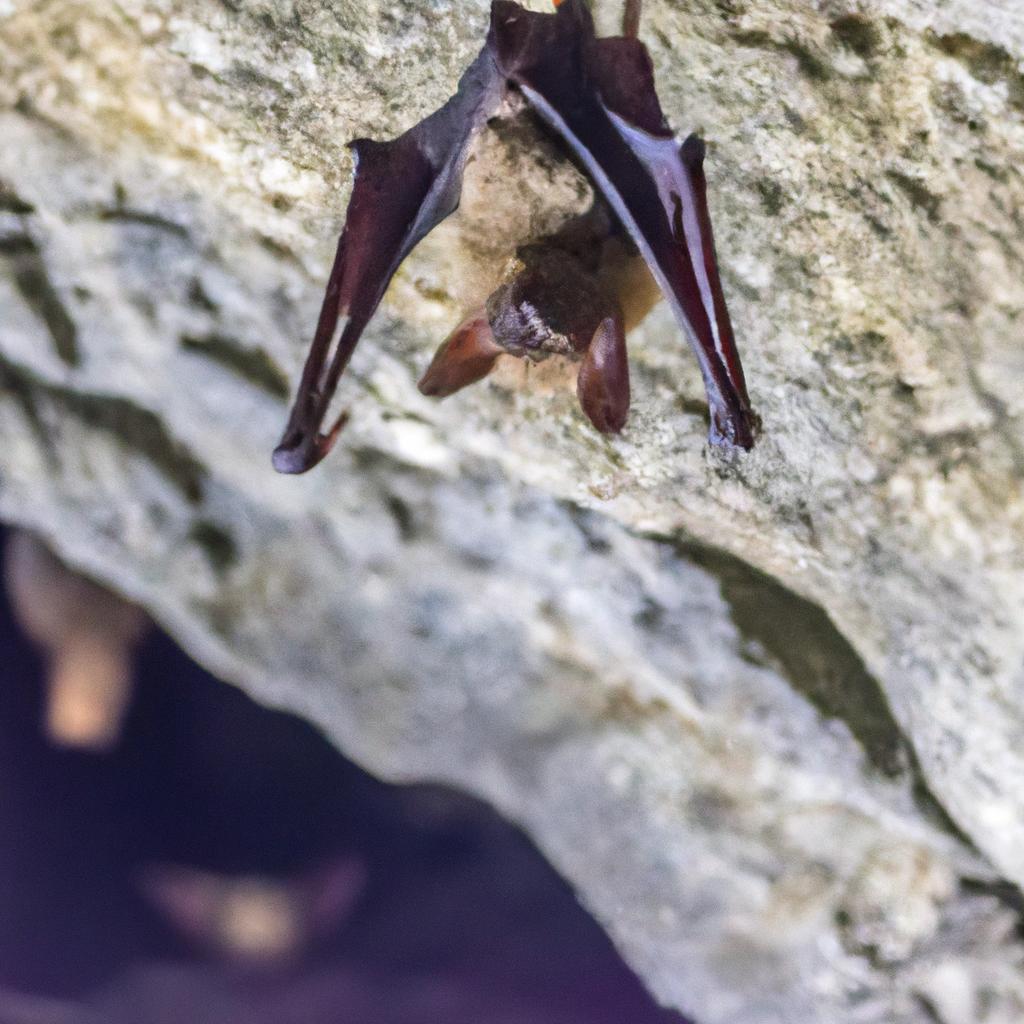
Krubera Cave is a mesmerizing limestone cave system that has taken shape over millions of years through the dissolution of rocks by water. Its unique characteristics are derived from its location within the tectonically active Arabika Massif. The cave’s extraordinary depth results from the massif’s uplift and subsequent erosion, culminating in a profound karst system. Adorned with awe-inspiring stalactites, stalagmites, and other captivating cave formations, Krubera Cave is a sight to behold.
This cave’s distinct geology has made it an area of immense interest for scientists studying cave formation and the hydrology of the Earth’s crust. The exploration of the cave system has provided invaluable insights into the formation of limestone caves, the movement of groundwater, and the geological history of the region.
Geology of the Deepest Cave in the World
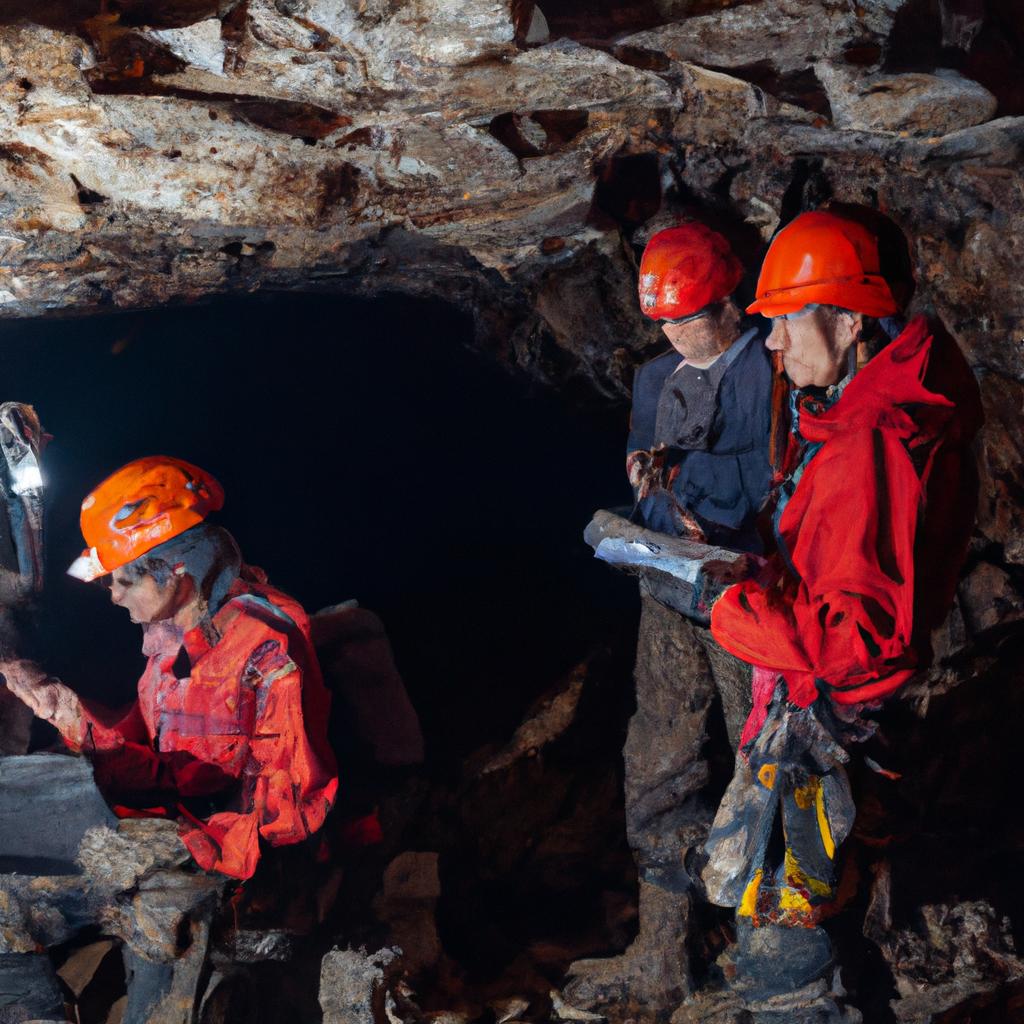
Krubera Cave’s unique geology captivates geologists and scientists fascinated by the intricacies of the Earth’s crust. Its formation is the result of millions of years of rocks dissolving due to water. This water meanders through the karst rocks of the Arabika Massif, eroding and dissolving limestone, ultimately giving rise to the cave’s exceptional features.
Among these remarkable features are “organ pipes,” cylindrical limestone tubes formed by the flow of mineral-rich water through the rock. The cave system also boasts massive stalactites and stalagmites, created by minerals precipitating out of the water and accumulating over time.
The study of Krubera Cave’s geology has provided noteworthy insights into cave formation, groundwater movement, and the geological history of the region. Its immense depth and complexity make it an ideal location for investigating the Earth’s crust and the processes that shape our planet.
Wildlife in the Deepest Cave in the World
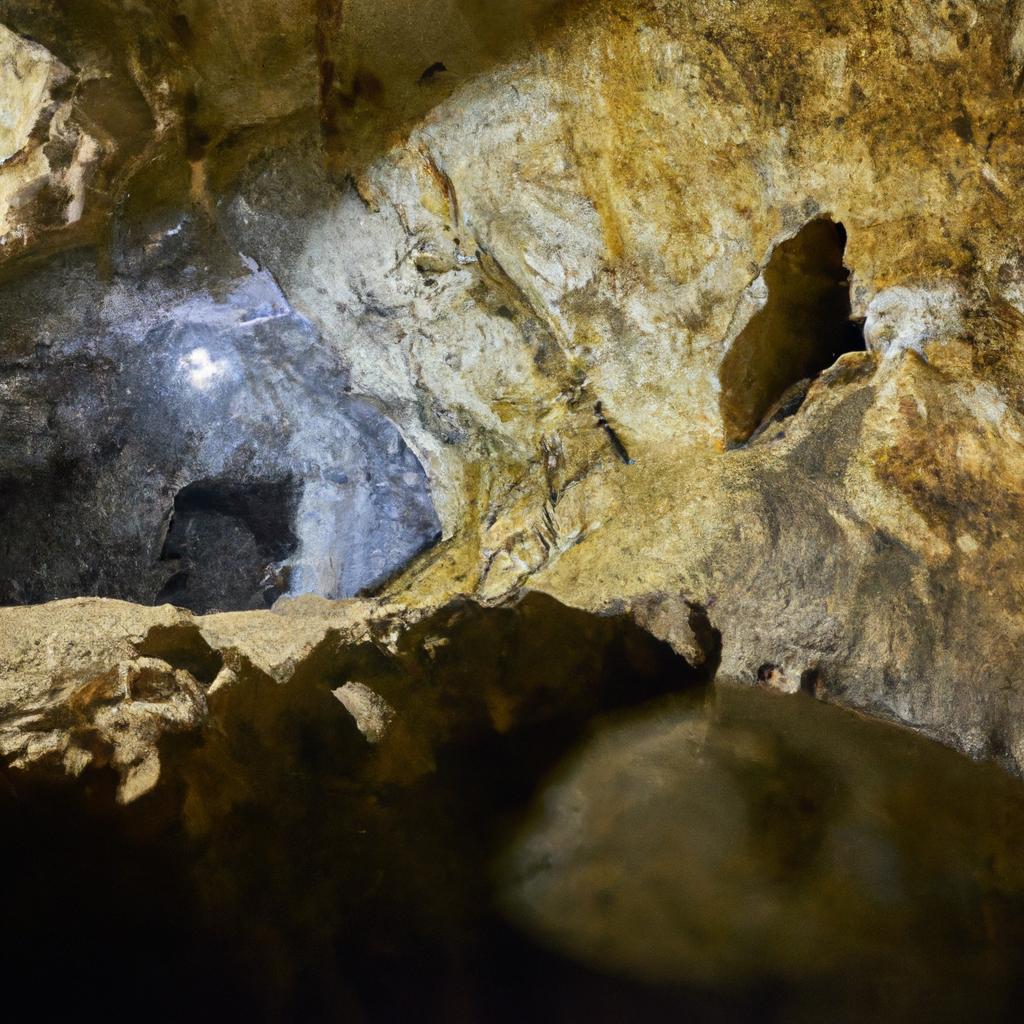
Despite the cave’s extreme depths and inhospitable environment, Krubera Cave is home to a diverse range of species that have remarkably adapted to life in darkness. Its unique ecosystem provides scientists with the opportunity to study the evolution of life under extreme conditions.
One notable organism found in Krubera Cave is the Krubera Cave Springtail, the world’s deepest cave-dwelling creature. This tiny arthropod survives in the cave’s low-nutrient environment, feeding on fungi and bacteria thriving in the damp surroundings.
Blind fish, spiders, and beetles are among the other fascinating species discovered in Krubera Cave. These creatures have developed distinctive sensory organs and behaviors to navigate their lightless habitat and find sustenance.
The study of Krubera Cave’s extraordinary ecosystem is vital for understanding biodiversity and the evolution of life in extreme environments. Safeguarding this cave system and its inhabitants is crucial for preserving Earth’s natural heritage and ensuring that future generations can explore and learn from this unique ecosystem.
Challenges of Exploring Krubera Cave
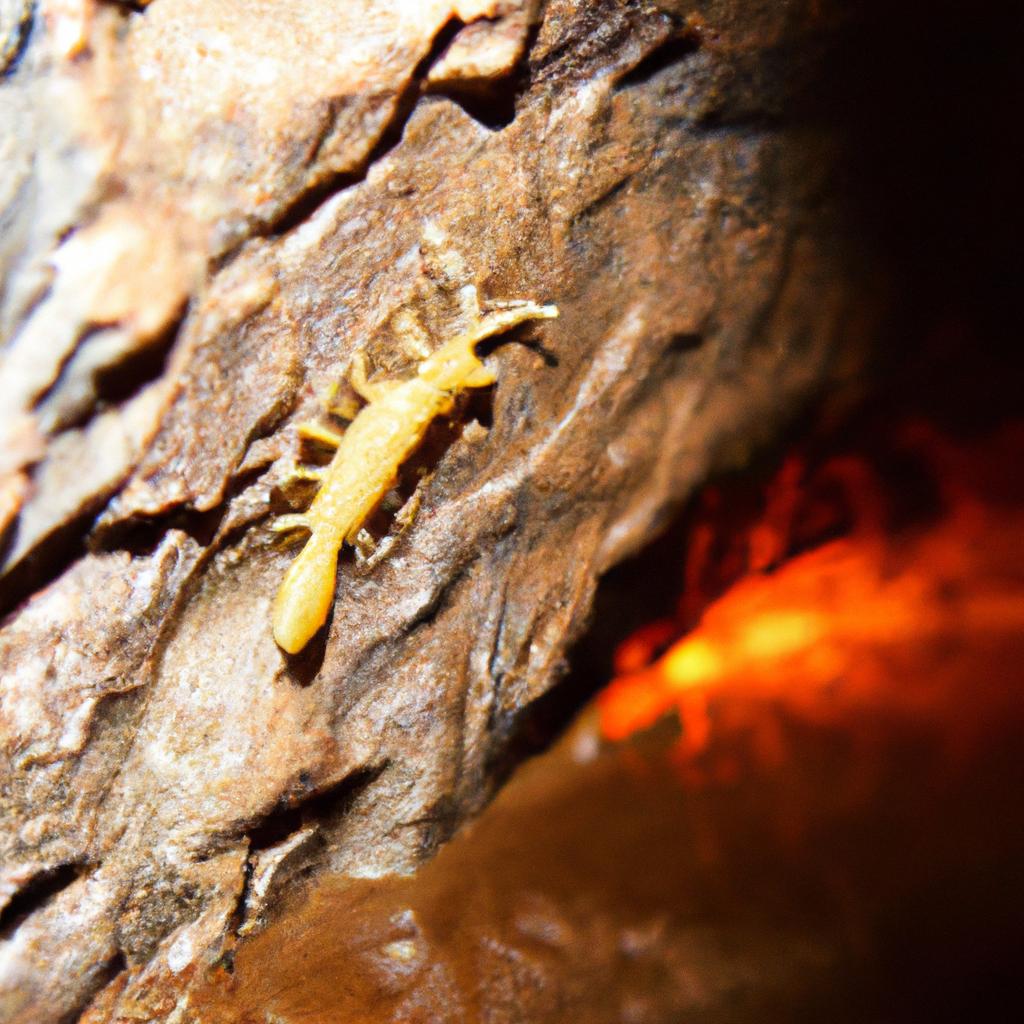
Exploring Krubera Cave demands courage and determination. The cave’s depth and complexity present numerous challenges even for the most seasoned cave explorers. Hazards include the risk of falling, hypothermia, and disorientation. The cave’s narrow passages and vertical drops necessitate specialized equipment, such as ropes, harnesses, and helmets, to ensure the safety of explorers.
Explorers must possess a profound understanding of caving and cave rescue techniques, as emergencies may arise unexpectedly. The exploration of Krubera Cave is a meticulously planned endeavor, requiring experienced cavers and support staff. The exploration team must be self-reliant, carrying all necessary equipment and supplies on their expedition.
Despite the risks involved, exploring Krubera Cave is a vital component of scientific research. The cave’s unique geology, hydrology, and biology make it an invaluable area of study, providing insights into Earth’s history and the evolution of life on our planet.
Conclusion
In conclusion, Krubera Cave in Georgia stands as an awe-inspiring testament to the wonders of nature. It provides an unparalleled opportunity to delve into the depths of the Earth and unravel its mysteries. The exploration of this cave system has yielded significant discoveries and enhanced our understanding of limestone cave formation, groundwater movement, and the geological history of the region.
Exploring Krubera Cave is no easy feat, as it presents numerous challenges that demand specialized knowledge and equipment. However, this endeavor remains essential for scientific research. Sustained exploration and conservation efforts are crucial for preserving Krubera Cave for future generations to explore and learn from its exceptional qualities.
As an online platform dedicated to nature, gardening, and animals, TooLacks champions the exploration and conservation of natural wonders like Krubera Cave. We hope this article has ignited a desire within you to delve deeper into the unique geology, biology, and hydrology of Krubera Cave and understand the significance of caves in our world.
For more intriguing articles and information, visit TooLacks.
